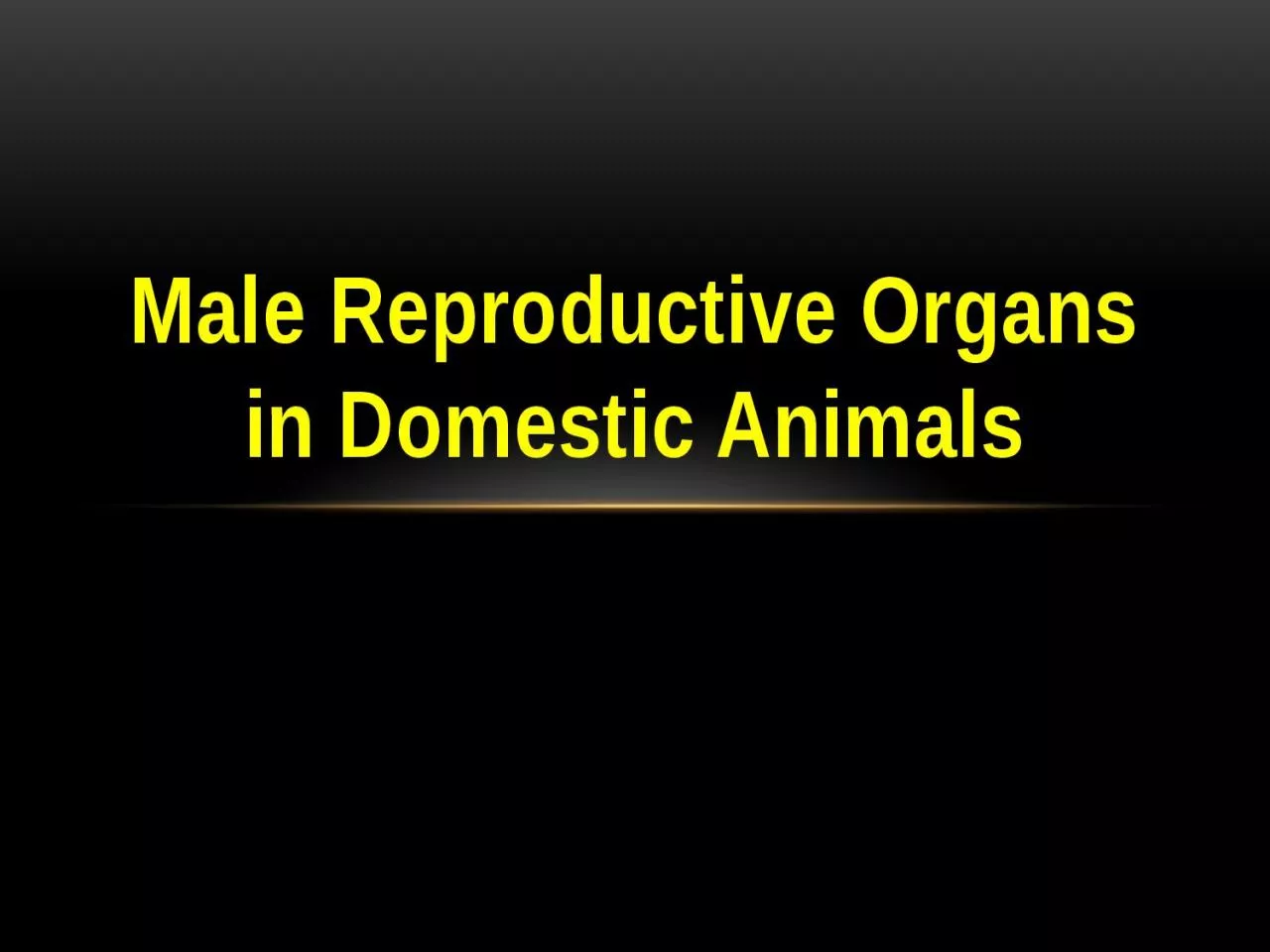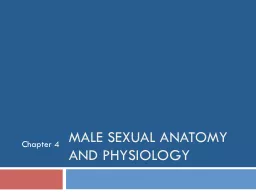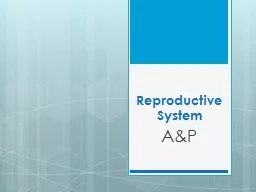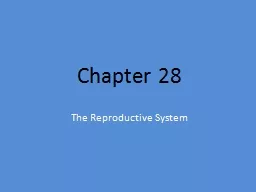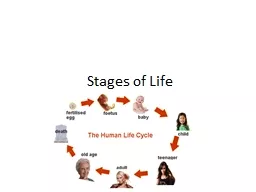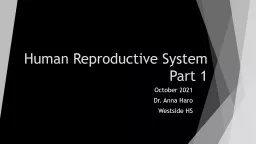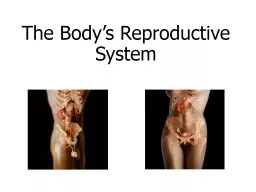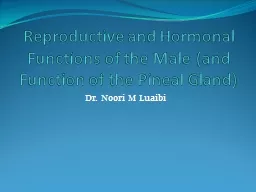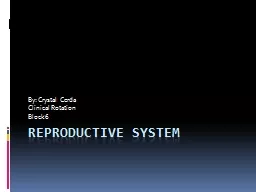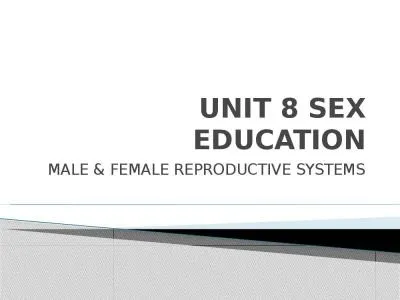PPT-Male Reproductive Organs in Domestic Animals
Author : sophia | Published Date : 2023-11-21
The male reproductive system of farm mammals consists of T wo testes testicles Duct system Accessory organs glands and the penis SCROTUM The scrotum is a cutaneous
Presentation Embed Code
Download Presentation
Download Presentation The PPT/PDF document "Male Reproductive Organs in Domestic Ani..." is the property of its rightful owner. Permission is granted to download and print the materials on this website for personal, non-commercial use only, and to display it on your personal computer provided you do not modify the materials and that you retain all copyright notices contained in the materials. By downloading content from our website, you accept the terms of this agreement.
Male Reproductive Organs in Domestic Animals: Transcript
Download Rules Of Document
"Male Reproductive Organs in Domestic Animals"The content belongs to its owner. You may download and print it for personal use, without modification, and keep all copyright notices. By downloading, you agree to these terms.
Related Documents

